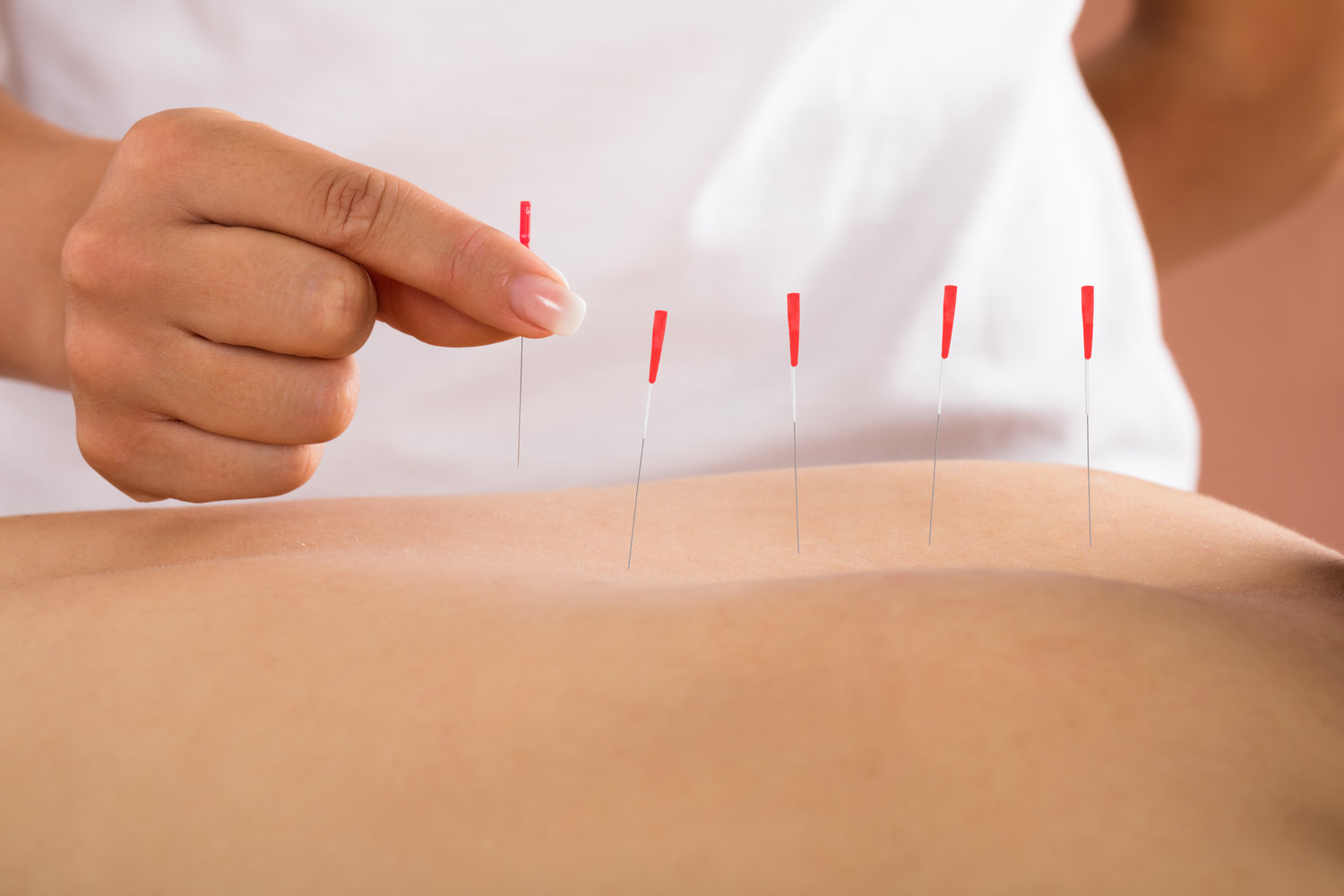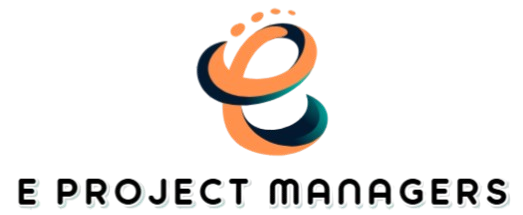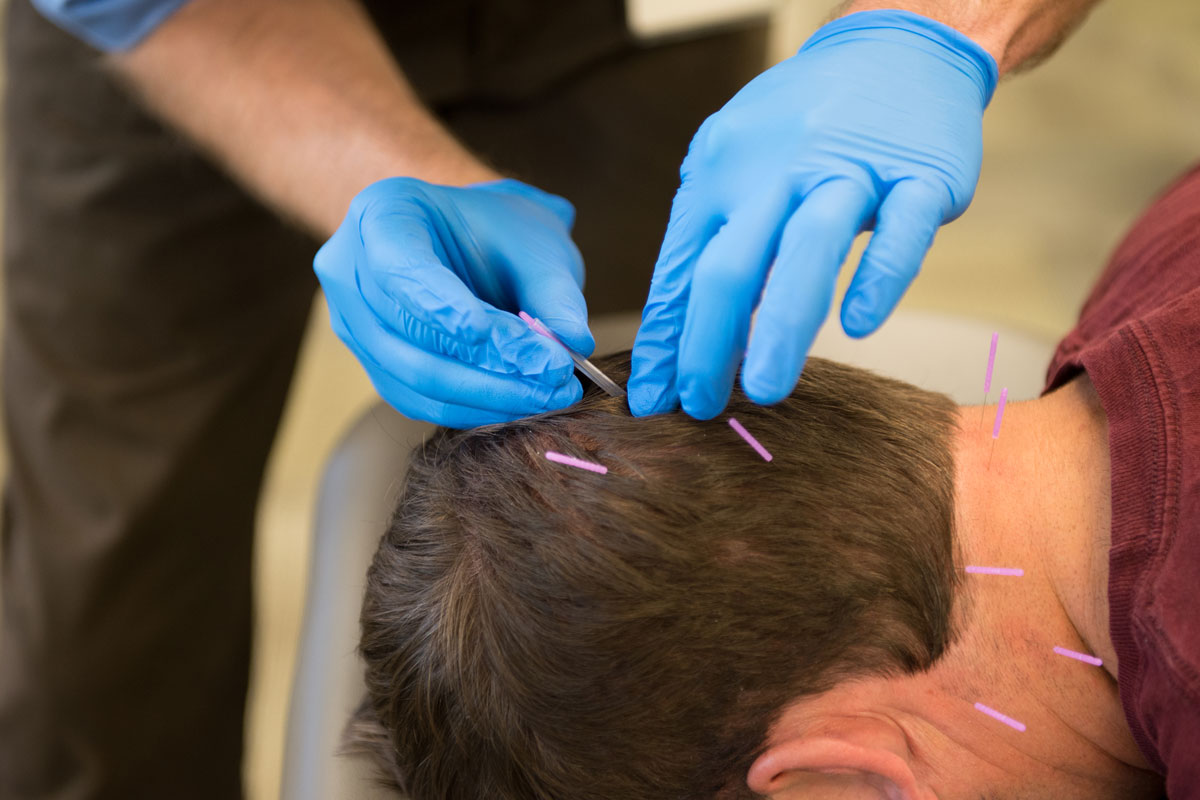Every evidence-based therapy intervention has a place and a time, and it’s important to select the right tool for the patient. Before deciding the form of dry needling to use, consider the Pentamodal Method of Dry Needling and determine whether dry needling is the best treatment option. Here are things you should know about 6 Different Types of dry needling supplies:
Point of Activation
Trigger spot dry needling is precisely what it sounds like: when an active trigger point causes a patient’s discomfort, you can use a needle to target that specific place until it relaxes). Trigger point dry needling will be a very successful way of dry needling if your patient’s pain generator is an active trigger point
Superficial
Many hands-on healthcare workers utilize superficial dry needling). The needle is only a few millimeters deep into the skin, penetrating the epidermal layer but avoiding muscle and bone. The sensorimotor system is the goal of this type of needling: the needle changes sensory input, which changes motor output. Pain can also be significantly altered.

Deep
Deep-dry-needling is a more advanced needling technique that directly targets the muscle. Manually manipulating a particular muscle in some places of the body might be difficult, depending on the target muscle’s position and the tissues surrounding it. Clinicians can use deep dry needling to affect pain perception, impact scar tissue, and relax/decrease stiffness in the target muscle.
Pecking of the Periosteum
Periosteal pecking entails pecking at the bone with a dry needle in an attempt to aid healing. Other reasons why we believe periosteal pecking is helpful, particularly in knee osteoarthritis, include hyaluronic acid synthesis, anti-inflammatory mechanisms, and elevations in endogenous opioid levels.
Stimulation with electricity
Dry needling with electrical stimulation is a specific form of dry needling. Electrical stimulation elicits a neuroendocrine response distinct from that elicited by needles alone. This type of dry needling stimulates several pain modulation centers and pathways in the central nervous system, making it a viable option for chronic pain and osteoarthritis sufferers.
Peripheral Neuromodulation
Most orthopedic healthcare providers are not trained in peripheral neuromodulation. It should only be done by a licensed acupuncturist or a western medical practitioner with an internal medicine background. This complex and dynamic form of needling is employed to influence organs, but the process that underpins it can be triggered at any time when a needle is inserted. When a needle is placed into a patient, we have no control over what is affected; the body will react to the stimulus in whichever way it sees fit, which means a systemic reaction is always a possibility, even if it is not the planned outcome.
Needle Length: This varies based on the target structure.
Want to learn about the science behind each form of dry needling supplies while also getting some hands-on practice? The weekend CEU courses offered by Structure & Function Education will allow you to master the fundamentals or hone your advanced needing abilities.

